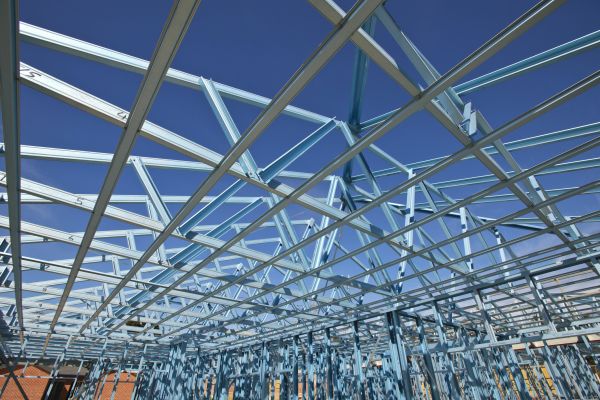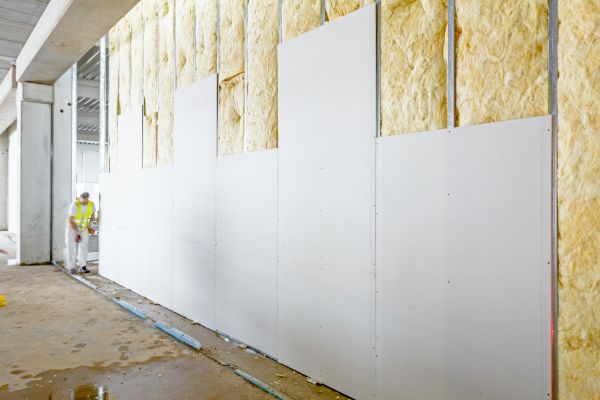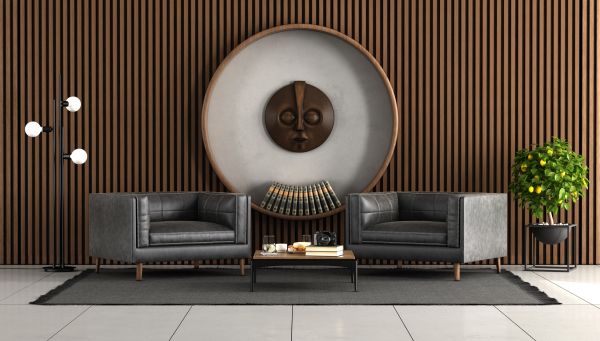Wall Studding Service
Affordable Wall Studding
Wall studding is a fundamental component in the construction and renovation of buildings, providing the essential framework that supports walls and creates the structural integrity necessary for both residential and commercial properties. This framework is crucial as it not only supports the weight of the building but also serves as the foundation for attaching drywall, insulation, and other wall coverings. Proper wall studding ensures that walls remain straight, sturdy, and safe, contributing to the overall durability and longevity of a structure. Without it, buildings would lack the necessary support to withstand environmental stresses and everyday use.
Benefits of Wall Studding
-
Structural Integrity
Wall studding provides the backbone for any building, ensuring that walls remain robust and capable of supporting both vertical and lateral loads. This structural integrity is vital for maintaining the safety and stability of a property over time. -
Versatility in Design
Properly installed wall studs allow for flexibility in design, accommodating various layouts and architectural styles. This versatility enables the customization of spaces to meet specific aesthetic and functional needs. -
Enhanced Insulation
Wall studding creates the perfect cavities for installing insulation, which can significantly improve a building's energy efficiency. This added insulation reduces energy costs by maintaining consistent indoor temperatures and reducing the need for heating and cooling. -
Ease of Installation for Utilities
The spaces between wall studs provide convenient pathways for installing electrical wiring, plumbing, and other utilities. This ease of installation not only saves time but also ensures that these systems are integrated seamlessly into the building's design.
FAQs About Wall Studding
What materials are commonly used for wall studding?
Wood and metal are the most common materials used for wall studding. Wood is typically used in residential construction, while metal is often preferred for commercial buildings due to its strength and fire resistance.
How far apart should wall studs be placed?
Wall studs are usually spaced 16 or 24 inches apart on center. This spacing provides adequate support for drywall and other wall coverings while allowing for the installation of insulation and utilities.
Can wall studding be modified after installation?
Yes, wall studding can be modified, but it requires careful planning and execution to avoid compromising the structural integrity of the building. It is advisable to consult with a professional before making any changes.
Fill out the contact form today to request professional Wall Studding services and experience the benefits of enhanced structural integrity, design versatility, and improved energy efficiency.




